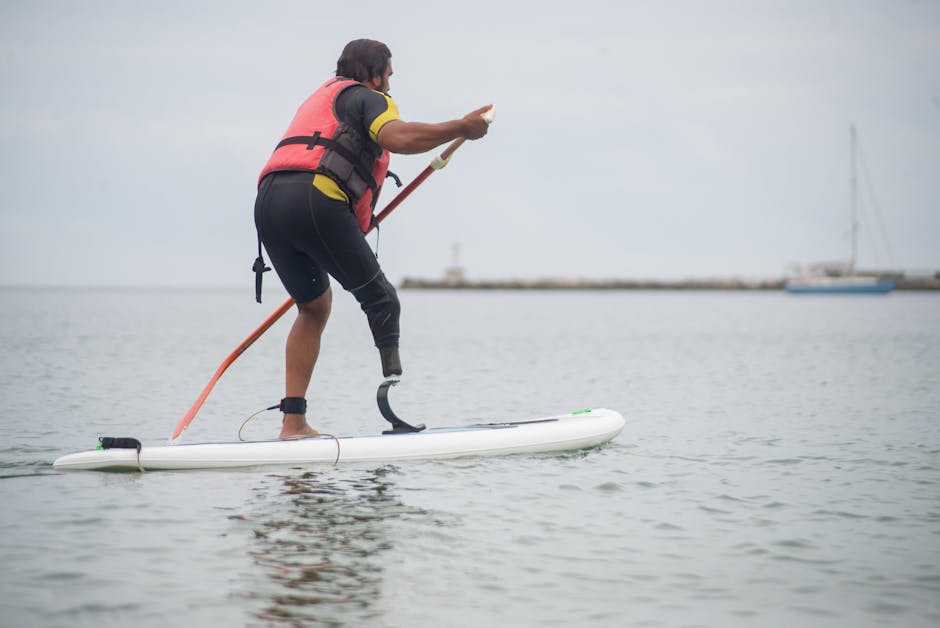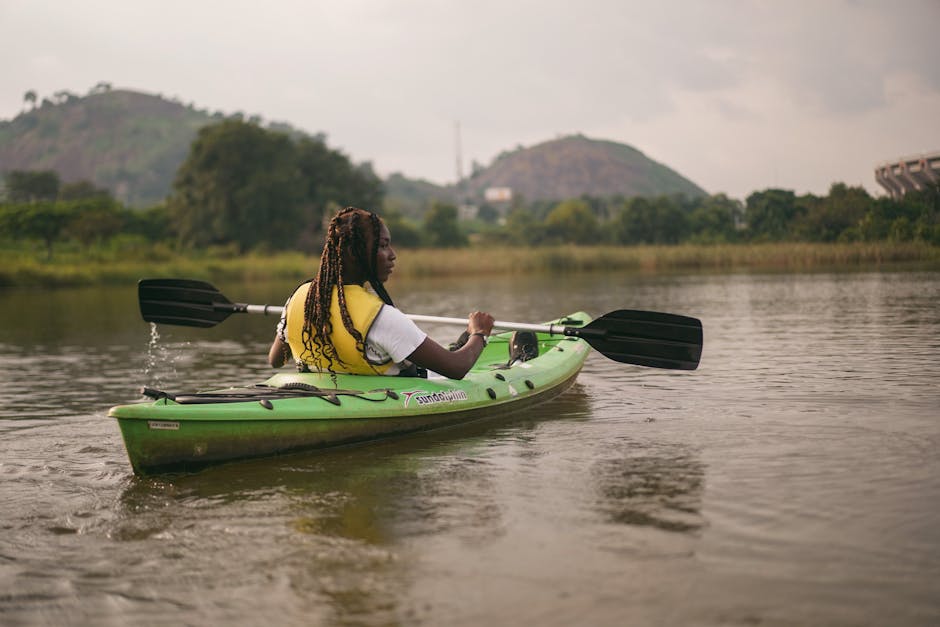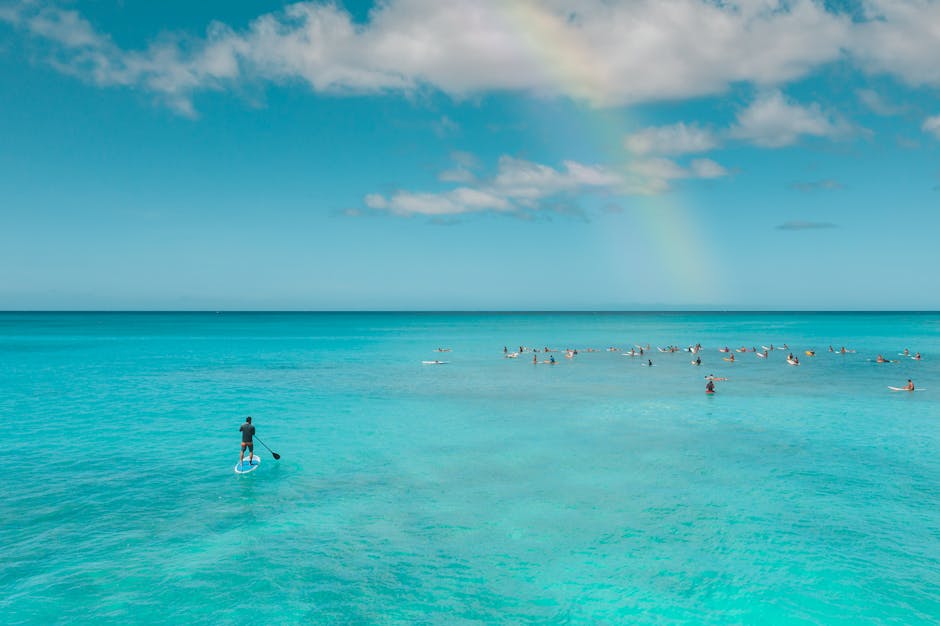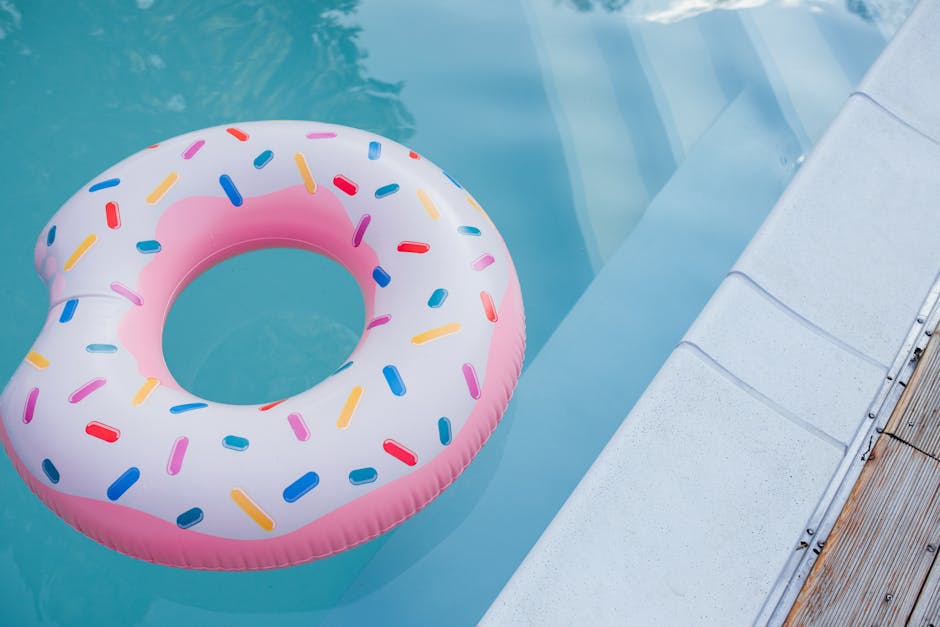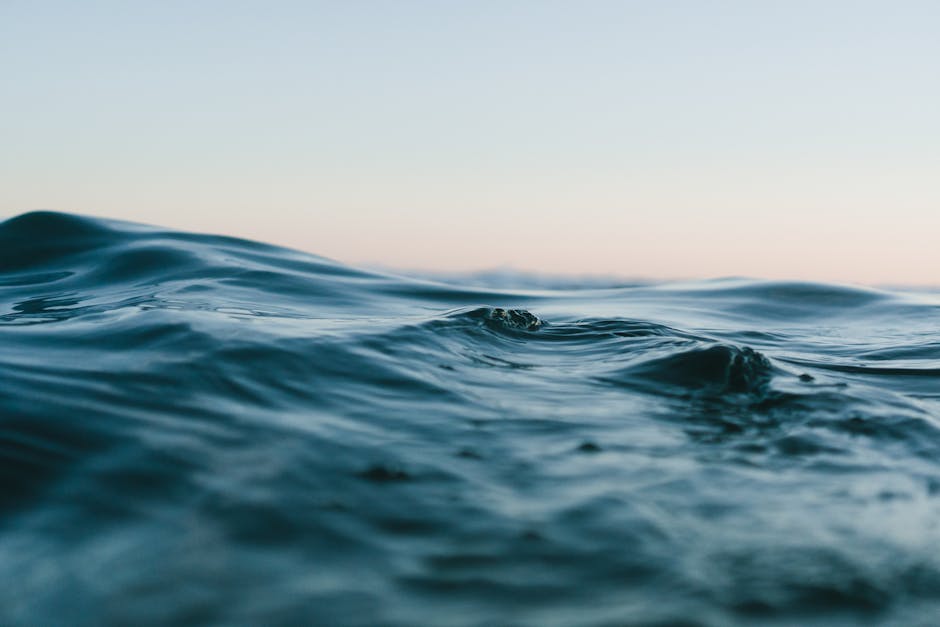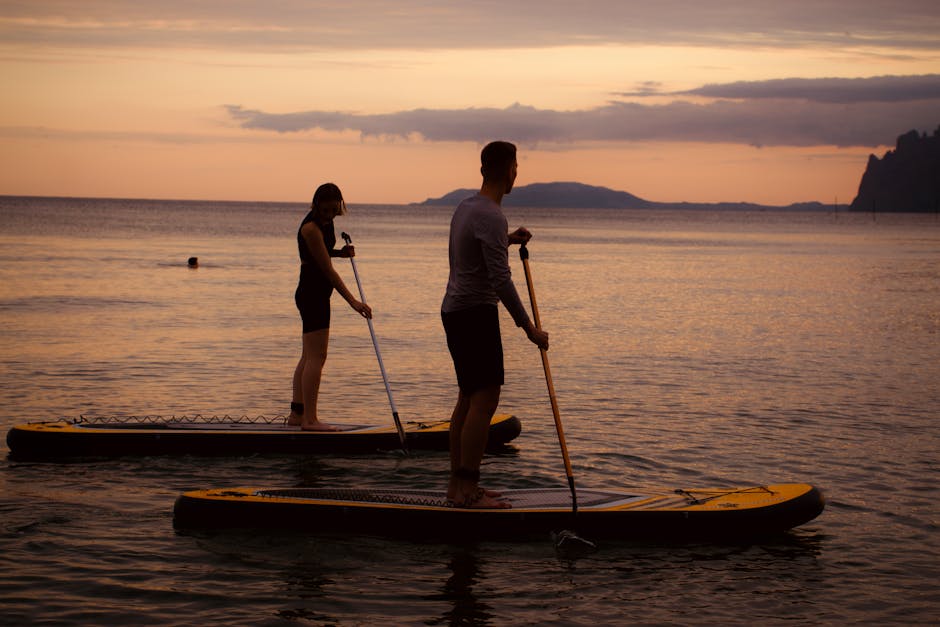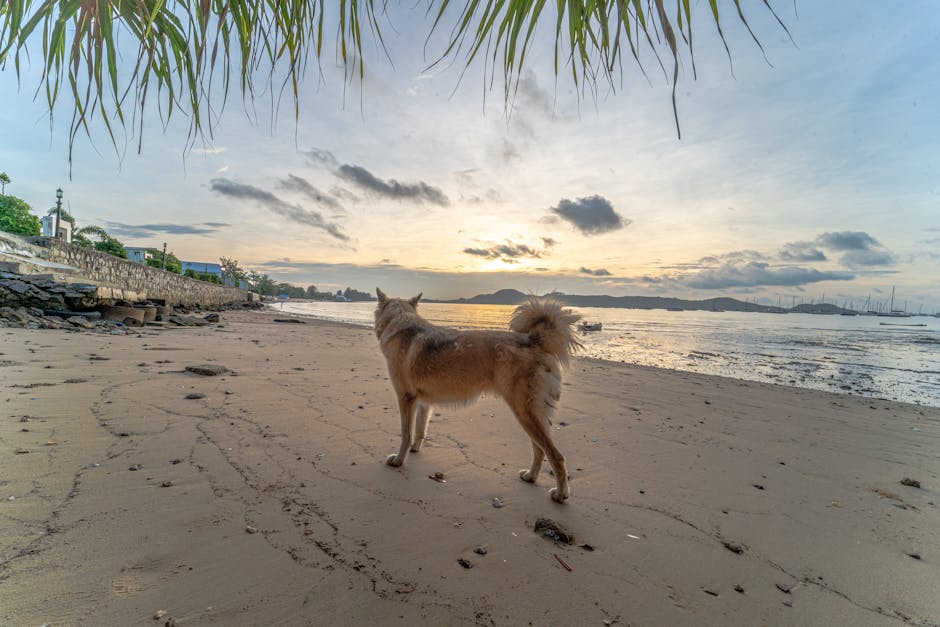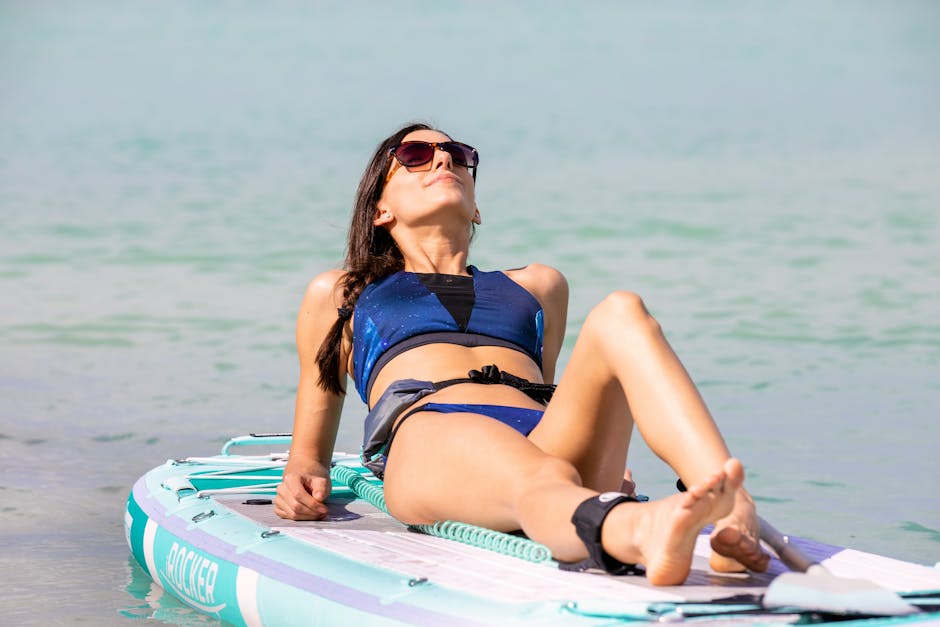Best Digital Cameras for Traveling
Features Of The Best Digital Cameras
Are you looking to upgrade your digital camera? Then you’ve come to the right place.
In this article, I'm going to discuss the features of the best digital cameras on the market today. With so many options available, it can be tricky deciding which one is right for you. But don't worry – I'll break down all of the important specs and features that make a great digital camera so that you can find the perfect fit for your needs.
Affiliate Disclaimer: if you book a trip through our links, we may possibly receive a commission at no additional cost to you. Want to help us keep giving you premium content about Maui? Keep reading our site and maybe find a trip or activity you'll love!
Any/all of the links on LetsGoToMaui.net are affiliate links from with I receive a small commission from sales of certain items. As an Amazon Associate, I earn from qualifying purchases. As an Amazon Prime user, I only recommend the best! Mahalo!
Want to jump straight to our recommendations? Scroll Down or Click Here!
Let's take a look at what makes these top-notch cameras stand out from the rest!
Sensor Size
Sensor size is a critical factor when it comes to digital camera performance. It impacts both image quality and low-light capabilities, which determine the overall usability of the camera in different lighting conditions.
A larger sensor typically means better depth of field, as more light can be captured from the environment. This then leads to higher resolution and color accuracy for digital images. The most common type of sensor used in modern cameras are CMOS sensors; they provide excellent dynamic range with minimal noise levels even in low light scenarios.
Additionally, these sensors also allow for very fast shutter speeds, enabling faster capture times with less blurriness or motion artifacts than other types of sensors. When choosing a digital camera, it's important to consider how large its sensor is compared to others on the market.
Smaller sensors tend to produce lower quality results due to their limited ability to gather light and create accurate colors at high ISO settings. On the other hand, larger sensors will give you sharper images with greater clarity and improved detail while still providing good low-light sensitivity and reduced noise levels—especially if paired with a fast lens.
So, depending on your needs, taking into account sensor size can help you decide which model best fits your photography style and budget. With this knowledge, you'll easily be able to identify what features will make your photos look great no matter where you're shooting them! Moving forward we’ll discuss megapixels: an essential element for any aspiring photographer looking to take sharp pictures with plenty of detail.
Megapixels
The megapixel count of a digital camera is one of the most important features to consider when buying a new one. Megapixels are essentially what dictate the pixel density, or how much detail can be seen in an image. A higher megapixel count usually indicates more details and better picture quality—but that doesn’t always mean it's best for all scenarios.
Sometimes a lower resolution sensor is actually better at capturing images in low light environments than its higher resolution counterparts, as larger sensors tend to collect more light.
For example, if you wanted to take pictures of landscapes on a bright day with plenty of sunlight available, then opting for a high-resolution camera would probably suit your needs pretty well. On the other hand, if you plan on taking pictures indoors without any additional lighting sources, then something with fewer megapixels might work just fine; after all, there'd only be so much detail you could capture in poor lighting conditions regardless of how many pixels were present.
Overall, it really comes down to understanding your own personal photography needs and deciding which option would best meet them. When looking into purchasing a new digital camera, consider not only the amount of megapixels but also the size of the sensor itself — both factors play an equally important role in determining image quality.
When making this decision remember to pay attention to what type of environment you plan on shooting in and think about which specs will help get the job done most efficiently.
With that said, let’s move onto talking about another key factor: image quality!
Image Quality
When evaluating the image quality of digital cameras, there are a few key points to consider.
First and foremost is image stability: does the camera shake or blur when taking pictures? Does it have an anti-shake setting that can be activated when needed?
Second up is color accuracy; how accurately does the camera capture colors from its surroundings? Is there any kind of filter system available for more precise results?
And lastly – what's the resolution like on this model?
To sum up some important features in brief:
1. Image stabilization capabilities
2. Color accuracy settings
3. Resolution level
All these aspects tie together to determine the overall image quality you'll get with your chosen digital camera.
It's worth noting that many modern cameras also come equipped with advanced software and algorithms designed to further enhance their imaging performance, making them even better than before. Additionally, they are able to apply effects such as noise reduction and dynamic range optimization which help deliver more vibrant images every time!
Moving onto autofocus speed now – rapid autofocusing is essential if you want your photos to look sharp without motion blurring or other inconsistencies in focus due to slow shutter speed.
High-end models usually offer superior AF speeds compared to entry-level ones while mid-range shooters often strike a nice balance between cost and performance on this front too.
Autofocus Speed
Image quality is one of the most important features to consider when selecting a digital camera. The best cameras will produce sharp, clear images with great color accuracy and detail.
But beyond that, another key factor in choosing the right camera for you is autofocus speed. With today’s advanced technology, many cameras are equipped with extremely fast autofocusing capabilities. The current generation of digital cameras offer high performance autofocus speeds thanks to their lightweight design and improved depth detection.
These types of cameras can quickly lock onto your subject without any hesitation or delay, granting you more flexibility when shooting action scenes or capturing fleeting moments. Additionally, they also provide faster image processing times which significantly reduces shutter lag and improves overall performance.
However, as always there are trade-offs involved; usually these higher performing models come at higher prices than entry level options. Still, if you need superior autofocus speeds then it may be worth investing in a model from this category – especially if you want to take advantage of unique features like touch focus selection or facial recognition tracking.
It should also be noted that having an extensive ISO range could also play an important role in how well your camera performs in low light settings. How much noise appears on photographs taken at high ISOs varies greatly between different brands and models so make sure to do enough research before making any decisions.
As such, let's move forward and explore what kind of ISO ranges are available amongst various digital cameras…
Iso Range
The ISO range of a digital camera is nothing short of spectacular. It's like having superpowers, being able to capture crystal clear images even in near darkness! With the right features and settings, you can take breathtaking photos regardless of the lighting conditions.
Here are just some of the amazing benefits that come with an incredible ISO range:
– **Noise Reduction** – The higher your ISO range goes, the less noise there will be in your pictures. This means you'll get clearer, sharper images without sacrificing quality or resolution.
– **Low Light Capabilities** – You don't have to worry about not getting enough light for your shots anymore. Even in dark environments, you can still achieve stunning results thanks to a wide ISO range.
– **Dynamic Range Expansion** – A wider ISO range also allows for more dynamic ranges when taking pictures indoors or outdoors. You can easily adjust exposure levels to create beautiful compositions that pop off the screen!
– **Faster Shutter Speeds** – Higher ISOs allow for faster shutter speeds which help freeze motion and make sure every detail is captured perfectly.
In other words, having a great ISO range gives you immense control over how much light enters into your lens so you can always take magnificent photographs no matter what environment you're shooting in. Onward we go to explore another important feature of digital cameras – shutter speed!
Shutter Speed
Shutter speed control is an essential feature of the best digital cameras. It allows photographers to freeze or blur movement, and capture sharp images in low light environments. The shutter speed on most digital cameras can range from 1/4000th of a second up to 30 seconds, with some advanced models capable of even longer exposures.
To understand how shutter speed works, it helps to look at the table below:
| Shutter Speed | Description | Example Usage |
|—————|————————————————————–|————————————-|
| 1/4000 | Fastest available; used for freezing motion subject matter | Sports photography |
| 1/1000 | Used for fast moving objects such as athletes | Action shots |
| 1/60 | Typical setting for non-moving subjects | Portraits & landscapes |
| 1″ | Longer exposure times allow more ambient light entering lens | Nighttime photography & shooting stars
At faster speeds (1/250th of a second and faster), you'll need to adjust your camera's aperture settings so that enough light enters the camera's sensor. Aperture selection will also affect your ability to produce shallow depth of field effects when shooting with wide focal lengths. Conversely, slower shutter speeds require less attention to aperture settings as there is typically plenty of natural or artificial lighting present. This makes them ideal for photographing scenes where blurring intentional action is desired – like in waterfalls or cascading rivers. In addition, they may be necessary due to very dark conditions.
Overall, proper shutter speed control gives photographers greater creative freedom by allowing them to choose whether movements are captured sharply or appear blurred. When combined with other features like ISO sensitivity adjustments and focal length selection, this opens up new possibilities for producing stunning photos no matter what environment one finds themselves in! With these tools at their disposal, amateur and professional photographers alike can create compelling images with confidence.
Video Quality
The video quality of digital cameras can make or break a user experience. The latest models offer more features than ever before for capturing stunning visuals, with improved low light performance and recording formats to boot.
Here are four key components that determine the quality of video capture:
1. **Frame Rate** – Higher frame rates provide smoother motion and better clarity in fast-moving scenes. Videographers should look for digital cameras that support at least 60 frames per second (FPS).
2. **Resolution** – Resolution is generally measured in megapixels; higher resolutions will result in sharper images and videos. Digital camera shoppers should seek out models with 4K resolution capabilities at minimum.
3. **Bitrate** – Bitrate dictates how much data is used to represent each pixel within an image/video file, which impacts overall quality as well as the size of the file itself. Look for digital cameras with high bitrates such as 100 Mbps or above when shooting videos professionally.
4. **Dynamic Range & Low Light Performance** – Dynamic range refers to the number of stops between the brightest white and darkest black areas of an image, while low light performance measures how well a camera performs under dimly lit conditions without producing too much noise or graininess in footage. All modern digital cameras come equipped with excellent dynamic range and low light performance capabilities due to advances in technology over the years, so this shouldn’t be a major concern when shopping around unless you plan on using your device extensively in dark environments like nightclubs or stage performances where lighting may be scarce.
With these points in mind, it's easy to see why knowledgeable users highly recommend certain digital cameras over others based on their superior video qualities alone – no matter if they're shooting home movies or professional films!
Now let's move onto another important feature – LCD screens – which allow shooters to preview shots prior to pressing record…
Lcd Screen
The LCD Screen is an essential part of any digital camera, as it allows you to compose and review your shots. It's usually measured diagonally in inches, with a range between 3′ and 7′. The size of the screen will depend on what type of camera you have; for example, if you are using a DSLR then the LCD will be larger than that found on a point-and-shoot model.
Additionally, some cameras come with touch screens which allow for more intuitive interactions when operating the device. As well as providing users with visibility into their images, modern LCDs also feature various functions such as previewing zoom capabilities before taking a photo or accessing menus to set up custom settings. This makes them invaluable tools for any photographer who wants to take full advantage of all their camera has to offer.
Furthermore, many cameras also include features like an electronic viewfinder which can help improve accuracy when shooting from difficult angles or in low light conditions. When shopping for a digital camera, one should pay careful attention to not only the size but also the resolution of its LCD screen too.
High resolutions provide greater detail so that you can see finer details and colors in your photos while lower resolutions may result in grainy or blurry images depending on how far away they are viewed from. Finally, understanding these specifications is key to finding the best digital camera for your needs – especially if image quality is paramount!
Keeping this in mind alongside other factors such as lens and sensor size will ensure good results no matter where life takes you. Moving forward, let's now look at another important component: connectivity options…
Connectivity Options
When it comes to the digital camera’s connectivity options, modern technology is offering an abundance of possibilities. From network compatibility to wireless transfer, the features available are sure to add convenience and versatility to any photographer’s arsenal. It's like having a superpower—a power that allows one to beam photos wirelessly without ever needing cords or physical transfers.
The most common types of connections found on today’s cameras range from Wi-Fi to Bluetooth capabilities. With these in place, images can be sent quickly and easily over local networks or directly between devices with just a few clicks of a button. This makes sharing your work easier than ever before as you don't have to worry about complicated cables or complex adapters.
Additionally, many digital cameras offer cloud storage functionality so you can store all your precious moments in the safety of remote locations. For those looking for even more control when taking pictures, new technologies such as NFC (Near Field Communication) allow photographers to connect their camera with compatible smartphones and tablets via tap-and-go links. This means they can access the contents of their device right away through simple gestures rather than time-consuming setup procedures. They also no longer need an internet connection since NFC works best within short distances only!
Nowadays, there is no shortage of ways for photographers to enhance their workflow by utilizing cutting edge tools for transferring data from one device to another seamlessly and efficiently. By investing in a quality digital camera equipped with powerful connectivity options, users will benefit from improved performance while being able to explore a world full of creative possibilities at their fingertips – an experience unlike any other!
Moving onto battery life; this feature helps determine how much photography work one can do on a single charge…
Battery Life
1. When it comes to digital cameras, battery type is key. Different batteries provide different levels of performance, so it's important to consider the type before purchase.
2. Lithium ion batteries are typically the most powerful and reliable, offering the longest battery life expectancy.
3. Battery performance is also something to consider, as some cameras will use more power during use than others.
4. Always check the battery life expectancy of the camera, as this will give you an idea of how long the battery will last in between charges.
5. Alkaline batteries are usually the least expensive option, but they often don't last as long as other types.
6. Ultimately, it's important to do your research and choose a camera that has the right battery type and performance for your needs.
Battery Types
When it comes to battery life, the type of rechargeable batteries you choose can significantly impact your results.
For digital cameras, lithium-ion and nickel metal hydride are two popular types that offer extended usage times but come with their own set of pros and cons.
Lithium-ion batteries tend to be lighter in weight than NiMH batteries, making them ideal for photographers on the go or those who want a lightweight camera setup. Furthermore, Li-Ion cells provide more power per cell compared to NiMH cells; however they require special charging equipment which might not always be available when travelling.
On the other hand, NiMH batteries have a longer lifespan than Li-Ion and generally don't need any special chargers either, which makes them an attractive option for frequent travellers who want reliable performance over time without having to carry additional accessories. In terms of cost savings too, NiMH is usually much cheaper than its Li-Ion counterpart so it's worth considering if budget is an issue.
Ultimately though – both types can provide excellent battery life so it really depends on user preferences and individual requirements as to which one best fits the bill.
Battery Performance
Once you have chosen the type of rechargeable battery for your camera, it is important to consider how long it will last and what kind of performance you can expect.
Battery capacity is an important factor to look at as this determines how many shots you'll be able to take before needing a top-up; higher capacity batteries are usually more expensive but offer longer use times per charge.
Charging time also plays a role in the overall performance; Li-Ion cells tend to charge faster than NiMH so if quick turnaround is necessary these may be worth considering. However, keep in mind that some special chargers might be required which could increase cost or add additional weight to your kit bag.
All things considered, each type has their own unique advantages and disadvantages when looking at battery life for digital cameras – do your research beforehand to ensure you make the best choice!
Battery Life Expectancy
When it comes to battery life, the power management and energy efficiency of your digital camera are also important factors to consider.
Many cameras offer an array of settings that can be used to customize how long you want your device to last on a single charge; for instance, reducing the brightness or turning off WiFi when not in use may help extend its battery life expectancy.
Some models even feature low-power modes which allow users to adjust their devices’ performance accordingly depending on the task at hand.
Ultimately, these features should always be taken into account when making a purchase as they can make all the difference in getting those perfect shots!
Lens Compatibility
Interchangeable lenses are a key feature of digital cameras. Having the option to switch out lenses depending on the situation is incredibly useful and allows for more creative control over shots.
For instance, you can use wide angle or telephoto zooms, as well as special effect lenses that create unique images in-camera without having to edit them later. Image stabilization is also an important feature when it comes to lens compatibility; this technology helps reduce camera shake from hand tremors, making it easier to take sharper pictures even in low light conditions.
Furthermore, being able to utilize different aperture settings can help photographers achieve greater depth of field or bokeh effects with their images – something which cannot be done if you don't have access to interchangeable lenses.
Autofocus capabilities are also improved by utilizing different lens types since some versions may come equipped with faster autofocusing motors than others. The range of focal lengths available is another great benefit of having interchangeable lenses; from fisheye style all the way to ultra long teles, there's plenty of options here for those who want more flexibility with their photography.
Furthermore, newer models often include features like image stabilization built directly into certain lenses so they won’t need additional support while shooting handheld.
In short, being able to adapt your camera setup through swapping out various lenses offers numerous benefits and makes it much easier for photographers to capture stunning photos under many different lighting scenarios and at varying distances away from subjects.
With durability being such a crucial component of any photographic gear, let's now look at what kind of protection these devices offer against harsh environmental elements…
Durability
Let's be honest. Durability isn't usually a priority when it comes to buying digital cameras, but the truth is that camera durability can make all the difference in your photography journey – and not just for protection against accidental drops!
From tripod mounting points, dust protection seals, and weather sealing, there are many features required of a durable camera body.
First off, you should look into how well-constructed your chosen camera is by checking out its tripod mounting points. A good quality mount allows you to secure your camera onto any kind of tripod or support while keeping it stable during long exposure shots – essential if you're looking to capture low light scenes without blurriness. Furthermore, these mounts also protect your device from wear and tear due to extended use on unstable surfaces.
Next up is dust protection: this feature helps keep dirt particles away from your lenses and sensors which prevents them from becoming damaged over time. Most modern digital cameras come with built-in dust shields but they don't always provide 100% coverage so consider opting for one with a thicker seal around the lens area as an extra layer of security.
Lastly, no matter what kind of environment you plan on shooting in, remember that many high end models offer advanced weather sealing options such as splash proofing and water resistance levels; perfect for those times where accidents happen!
In short: investing in a reliable model with strong tripod mounting points, dust protection seals and weatherproofing capabilities will help ensure that your photographs remain crisp and clear no matter what conditions you find yourself shooting under. With this taken care of, now let's move onto the next important factor when choosing a digital camera -weather sealing.
Weather Sealing
When shopping for a digital camera, it is important to consider its waterproofing capabilities and dust resistance. The best cameras are weather-sealed, meaning they can be used in more extreme conditions than those without this feature.
This includes keeping the camera safe from rain and snow as well as dust particles that could find their way inside the lens or body of the camera. Weather sealing also helps protect against temperature fluctuations and other environmental factors that could damage your device.
Weather sealed cameras often come with additional features like rubber gaskets around buttons and seals on openings which prevent moisture from entering the camera's interior. They may also have a coating applied over exposed electrical contacts or optical elements in order to reduce corrosion caused by humidity.
These features ensure that your camera will remain dry even during intensive use in wet environments such as near waterfalls or under heavy rain showers.
It's worth noting that while many manufacturers claim their products are weather sealed, there is no industry standard for what constitutes adequate protection from the elements. Be sure to read reviews carefully before purchasing any digital camera so you know exactly what kind of protection it offers against potential water and dust damage.
Also check out customer feedback about how long these features last after repeated exposures to different types of weather conditions.
Overall, make sure you factor in the importance of weather sealing when looking at digital cameras – it could save you money down the road if something goes wrong due to exposure to severe temperatures, moisture, or dirt particles! To determine whether a particular model is right for you, take into account your shooting needs along with price considerations…
Price
Picking out the right digital camera for your needs is like finding a needle in a haystack. With so many features to consider, one of the most important things to think about is price.
Below are some essential points that will help you make an informed decision when it comes to cost effectiveness and value for money:
* Compare prices from various manufacturers both online and offline before making a purchase.
* Investigate additional costs such as warranties and repair plans.
* Check if any special discounts or offers are available.
* Consider any compromises you may have to make on features depending on your budget restrictions.
Price can be a deciding factor when choosing what kind of camera best suits your needs but don't let it become the only determining element either – sometimes spending a bit more can get you something better quality in the long run than opting for cheaper models with fewer capabilities. And while keeping an eye on your wallet, don't forget to take into account all other factors too!
Taking weight into consideration now…
Weight
Weight is an important factor when choosing the best digital camera. Heavier cameras have more features, such as a larger sensor size and lens selection, but they are less portable than lighter models.
Many photographers prioritize portability over other features when selecting a camera for travel or outdoor photography. Compact cameras can be easily carried in bags or pockets without adding too much weight.
Storage capacity is another consideration when looking at different types of digital cameras. High-end DSLR’s often have dual memory card slots so that you don't run out of space on long shoots, while most point-and-shoot cameras use internal storage which may not be enough to hold all your photos.
If you want to record video with your digital camera, make sure to check the maximum recording time allowed by each model before purchase.
Another factor related to weight is battery life – heavier cameras tend to offer longer shooting times per charge compared to their lightweight counterparts. Having spare batteries helps ensure that you won't miss any shots due to low power levels during extended shooting sessions outdoors.
Ultimately, it's up to the photographer to decide how much importance should be placed on portability and storage capacity when considering which digital camera will provide them with the best results and value for money spent. It pays off to take some time researching various options available on the market today in order to find the perfect match for one's needs and preferences.
Frequently Asked Questions
What Is The Best Digital Camera For Beginners?
When searching for the best digital camera for beginners, it's like looking for a needle in a haystack; there are so many factors to consider.
But among them all, image stabilization and autofocus systems should be at the top of your list. Good image stabilization helps reduce shake when shooting handheld photos or videos, allowing you to capture sharp images even in low light conditions. Autofocus also ensures accurate focus while shooting, even if your subject is on the move.
For beginners who want an easy-to-use yet high quality digital camera that offers both features, look no further than Canon's EOS Rebel T6i – its impressive 24 megapixel sensor and advanced autofocus system make it one of the most popular cameras amongst novice photographers today.
Does The Digital Camera Support Raw File Formats?
When it comes to digital cameras, one of the key features is whether or not they support raw file formats.
Raw files provide photographers with higher image quality than standard JPEGs due to their uncompressed nature and larger pixel size.
The best digital cameras will typically have an option for shooting in both RAW and JPEG format, allowing users to choose how much detail needs to be captured when taking a picture.
Are There Any Accessories Included With The Digital Camera?
When it comes to digital cameras, the accessories included are just as important as image quality and battery life.
Many of the top-rated digital cameras come with a variety of essential accessories like lens caps, cases, memory cards, straps and chargers.
This way you can get up and running right away without having to spend extra money on additional items.
Furthermore, many manufacturers offer bundles that include even more accessory options so be sure to check those out if you're looking for an all-in-one package deal!
Does The Digital Camera Have A Built-In Flash?
Are you looking for a digital camera with the power to blow your mind? Look no further, because this one has a built-in flash that'll leave you breathless!
Not only does it give you amazing image quality and an impressive zoom range, but its integrated flash will ensure your photos have never looked brighter or better.
As an experienced photographer, I can confidently say that this camera is easily one of the best on the market today.
Is The Lens Of The Digital Camera Interchangeable?
When it comes to digital cameras, one of the most important features is whether or not its lens is interchangeable.
Having an interchangeable lens can drastically improve image quality and allow for a more professional look in photos.
It also greatly increases the range of possible shots you can take with your camera by allowing you to switch out lenses depending on the environment and lighting conditions.
The sensor size of your camera also affects image quality, as larger sensors tend to produce sharper images.
So while having an interchangeable lens doesn't guarantee great image quality, it's certainly a factor that should be considered when looking for the best digital camera for you.
Conclusion
Well, after all that research into the features of the best digital camera for beginners, I must say it's been an enlightening experience!
It turns out there are plenty of options available to those just starting out in photography. Not only does a good digital camera support RAW file formats and often come with accessories such as memory cards, but they usually have built-in flashes too – perfect for capturing those special moments.
And if you ever want to experiment with different lenses, some cameras even feature interchangeable ones.
In short, my advice is this: don't settle for anything less than the very best when it comes to your first digital camera purchase. As an experienced photographer myself, I can testify that investing in quality equipment pays off tenfold – so make sure you get the most bang for your buck and start snapping away!





